Who Really Invented the Rechargeable Lithium-Ion Battery?
Cars That Think
JULY 30, 2023
Fifty years after the birth of the rechargeable lithium-ion battery, it’s easy to see its value. Did Exxon invent the rechargeable lithium battery? By Christmas, he had developed a battery with a titanium-disulfide cathode and a liquid electrolyte that used lithium ions. at Oxford.

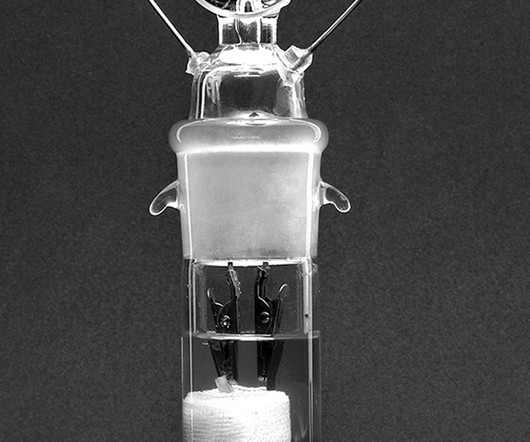





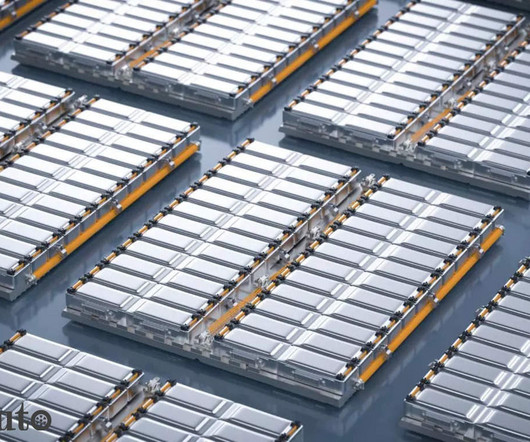


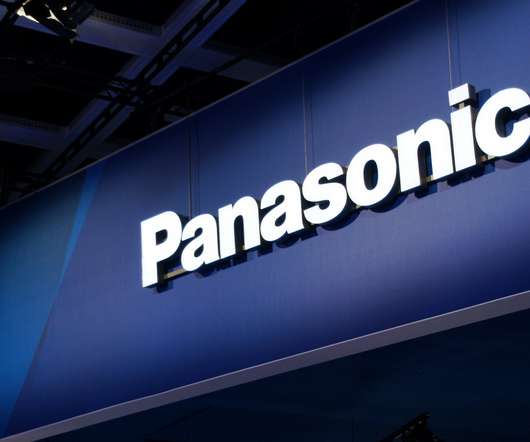









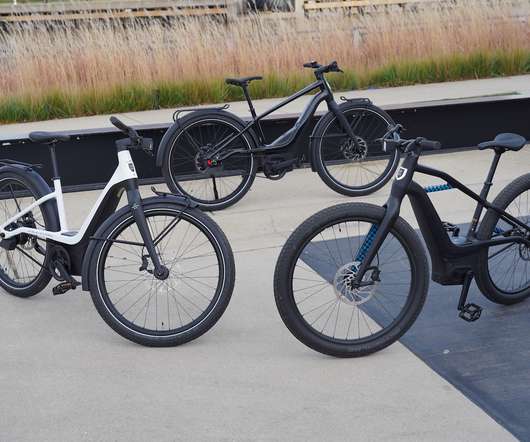
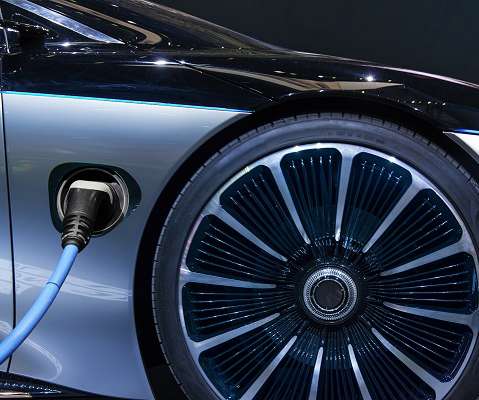














Let's personalize your content